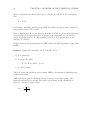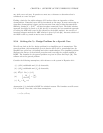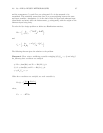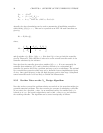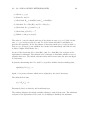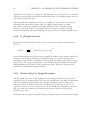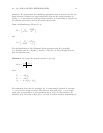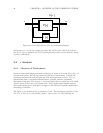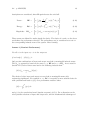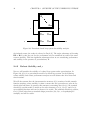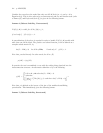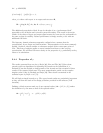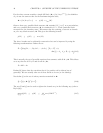
2.3. H
∞
AND H
2
DESIGN METHODOLOGIES 41
framework. We again assume the simplifying assumptions used in Section 2.3.4 The H
2
design solution is obtained (at least conceptually) from the H
∞
design procedure by
setting γ = ∞ and using the resulting central controller. It is interesting to compare the
H
∞
solution, given above, and the H
2
solution given below.
Define two Hamiltonians, H
2
and J
2
,by,
H
2
=
A −B
2
B
T
2
−C
T
1
C
1
−A
T
,
and
J
2
=
A
T
−C
T
2
C
2
−B
1
B
T
1
−A
.
The sign definiteness of the off-diagonal blocks guarantees that H
2
∈ dom(Ric),
J
2
∈ dom(Ric) and X
2
= Ric(H
2
) ≥ 0andY
2
= Ric(J
2
) ≥ 0. The following theorem
gives the required result.
Theorem 4 The unique H
2
optimal controller is given by,
K
2
(s)=
ˆ
A
2
−L
2
F
2
0
,
where,
F
2
= −B
T
2
X
2
L
2
= −Y
2
C
T
2
ˆ
A
2
= A + B
2
F
2
+ L
2
C
2
.
We commented above that the controller, K
2
, is (conceptually) obtained by choosing
γ = ∞ in the H
∞
design procedure. This does not mean that G
∞
= ∞; it simply
means that we can make no a priori prediction about G
∞
for this controller. K
2
minimizes G
2
and yields a finite G
∞
. As such, it is often useful for determining an




